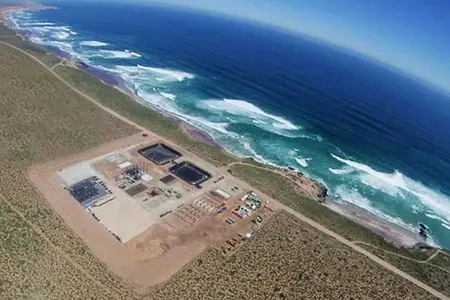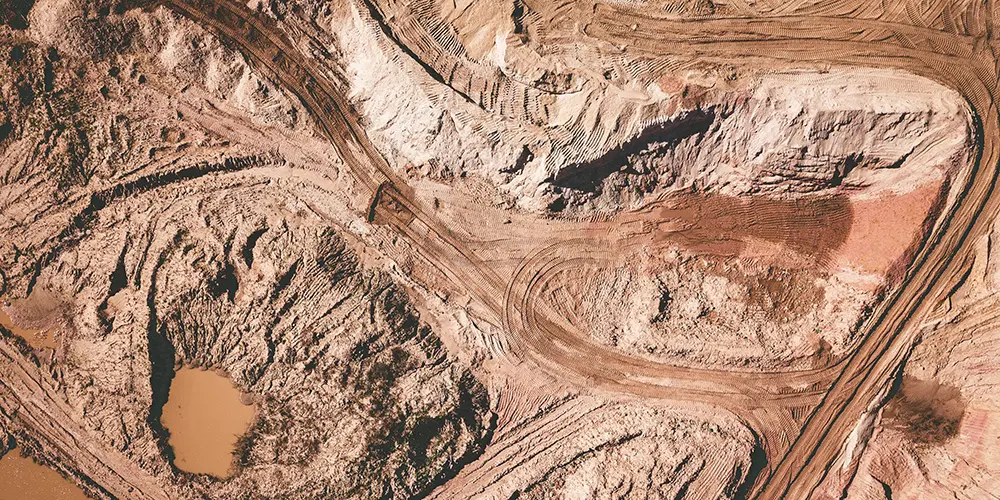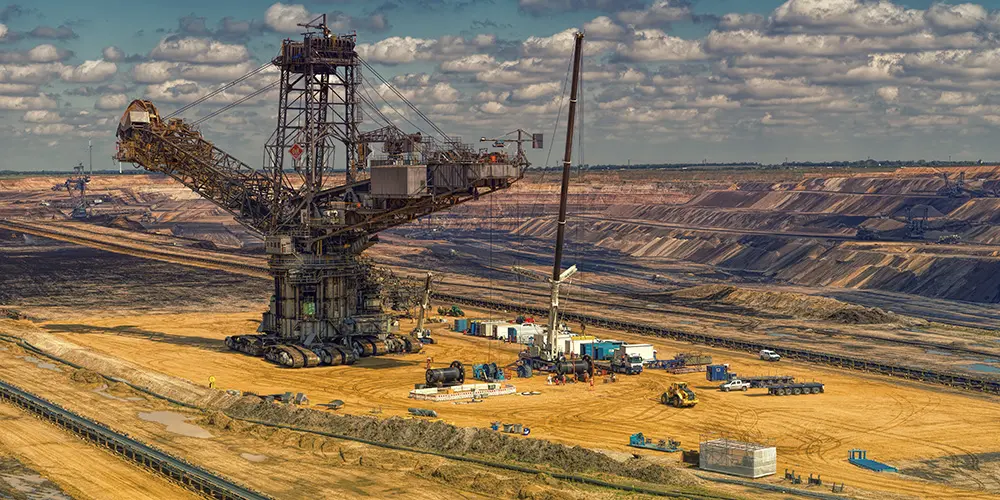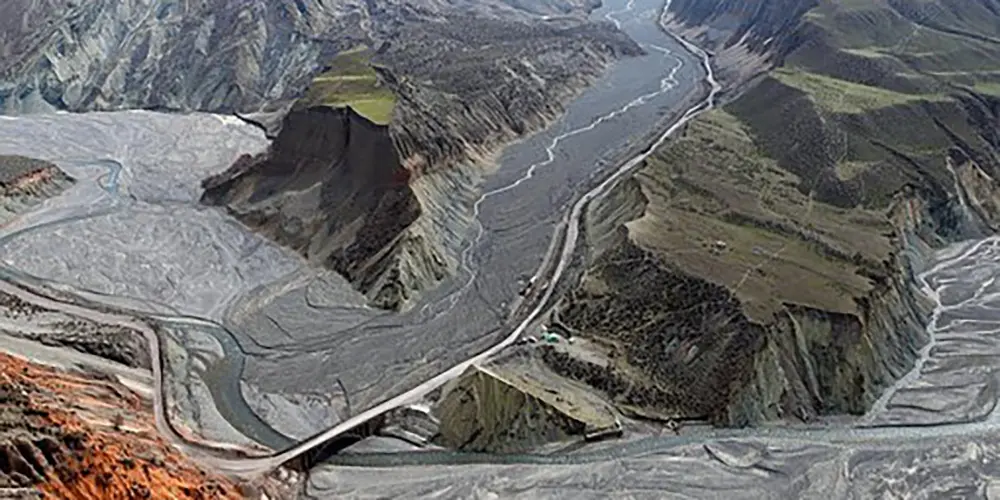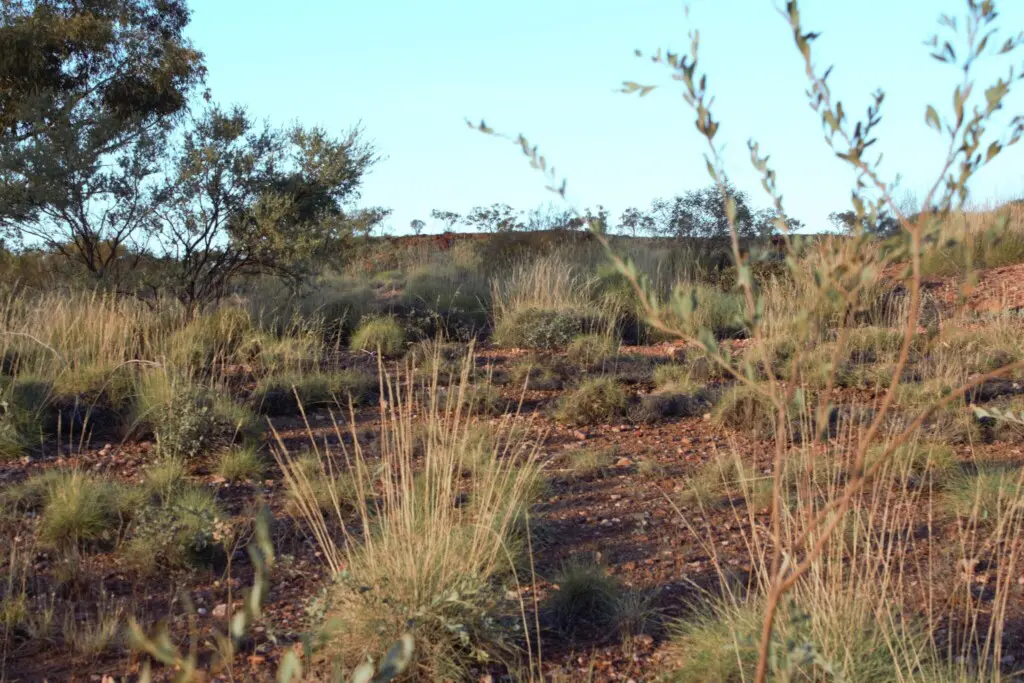This program will carefully examine the assumption that mine closure planning is not sufficiently connected with operational activity to promote effective mine closure and transition to the next use.
This requires an understanding of how decisions are made in the context of uncertainties over long timelines.
Objectives
- Advanced evaluation frameworks for long-life assets: Evaluations incorporate the long-term value proposition of a unique mining project by recognising the extended temporary gaps between economic, social and environmental tangible and intangible costs and benefits.
- Real-time predictive models: The total risk of a mining project is assessed through the dynamic modelling of total liability and residual risk for a site (both mitigatable and unmitigatable) and risk-reward trade-offs of different post-mine land uses are analysed in the context of the environmental and social characteristics of the region using both market and non-market-based valuation techniques.
- Planning tools to identify transferable residual risk: Risk-return models identify the levels of risk and liability that are acceptable to the subsequent use proprietor recognising the region’s environmental and social characteristics.
Program Leader
 Associate Professor Bryan Maybee
Associate Professor Bryan Maybee
Visit: Profile


